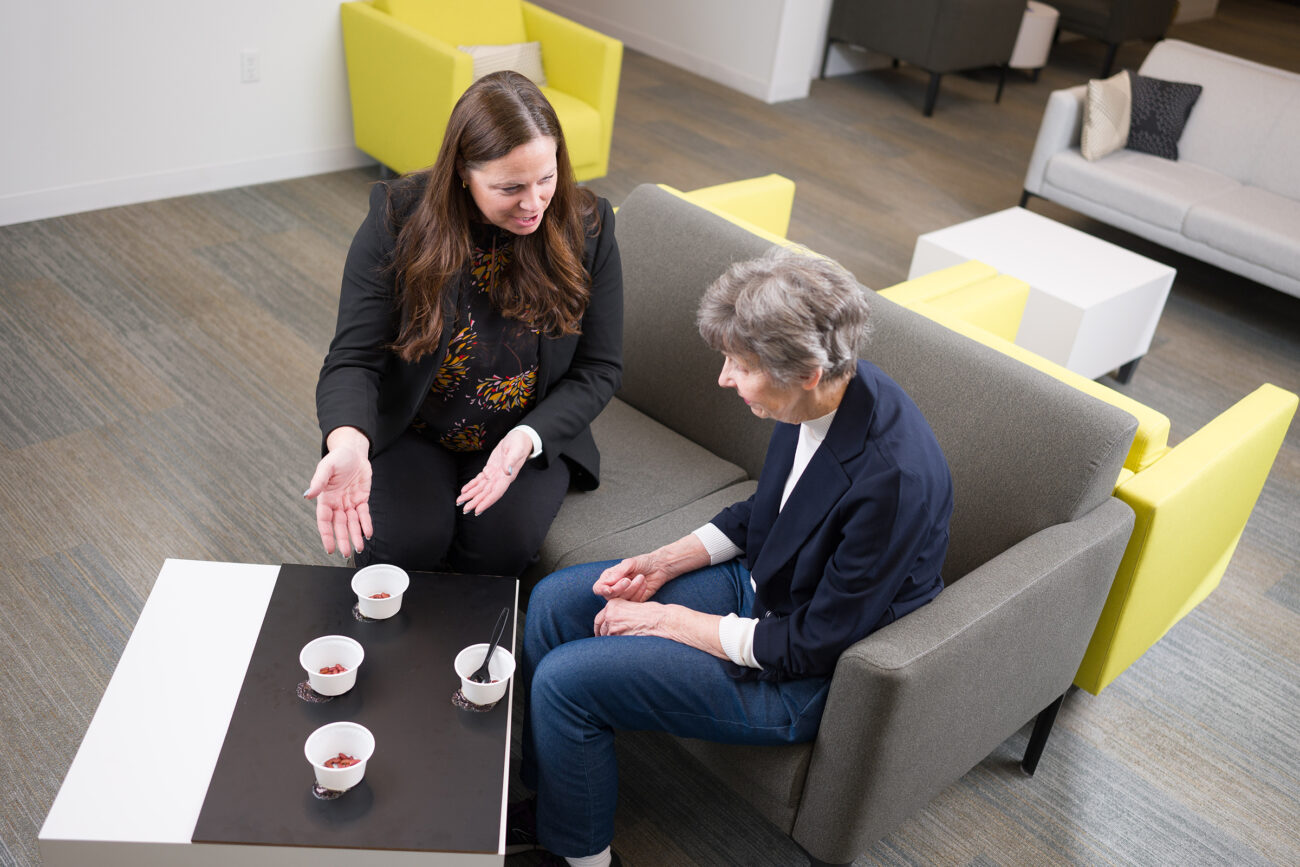Making Remote Work

Remember life before Zoom? Your commute before the world tilted and millions of Americans suddenly found themselves working from home? Be honest. Are you reading this in your pajama bottoms?
The headlines about remote work can give one whiplash. From the same week in October, stories titled “Working From Home Is Making a Lot of People Miserable” and “Just in Time for a New Age of Remote Work, Kibbo Combines Van Life and Co-Living,” appeared giving the impression that people are either distressed or happy from this new life arrangement during COVID-19. Truthfully, it may be a little of both. A July survey by Monster.com reported a 35% increase in worker burnout since May while 42% of respondents working from home wanted to find permanent remote jobs.
Clearly, there are some benefits to working from home despite many schools are also remote and childcare options limited. And yet, for a significant population, remote work is working for them. What can we learn from this natural experiment? Kathy Chudoba, associate professor of data analytics and information systems at the Jon. M Huntsman School of Business and an expert of dispersed environments, explains how to make remote work, work for you.
How has remote work changed since you began studying it in the 1990s?
Kathy Chudoba: There are a couple of things that have changed over the years, including better technology support that makes it easier to have these kinds of meetings like you and I are having today [over Zoom]. Managers are also a little more trusting that it can work. I did some research with an insurance company four years ago and the managers were very concerned about letting employees work from home a couple of days a week. ‘If I can’t see you, how do I know you are performing?’ Now that we have been jumped into the deep end of the pool, most people have realized that the world hasn’t fallen apart.
This fall, you taught classes in person and have remote options for students. How did students adapt?
KC: I am used to not having students in the same room. I am not used to having students Zooming in from home. I am finding that students are flexing—sometimes they want to be in person and other times they are logging on from home. because Recently, one student did because his childcare fell through. Zoom gives us that type of flexibility. Another student accepted a job in California. He was able to move to California and start his job and complete his coursework remotely. We would not have had that opportunity other semesters.
How will student expectations shape the workforce moving forward?
KC: We have already seen that with dress codes and expected attire when Millennials went into the workplace. There is going to be this change in expectations. In general, younger professionals are more concerned about personal work life balance. After COVID-19, we may still bring many people back into the office, but remote work will continue.

If you have got clear expectations, then you can tell for the most part whether those outcomes are being produced or not. If managers have a little more squishy evaluation metrics then they are going to have issues. It’s important we have got routines and expectations about when you are going to be available and very measurable ways to assess performance and contributions.
– Kathy Chudoba
Who works best in a remote office environment?
KC: That depends on the person and how their organization is setting up metrics for evaluating performance. If you have got clear expectations, then you can tell for the most part whether those outcomes are being produced or not. If managers have a little more squishy evaluation metrics then they are going to have issues. It’s important we have got routines and expectations about when you are going to be available and very measurable ways to assess performance and contributions.
What are some strategies for preventing burnout?
KC: Establish routines and recognize your personal commitments versus work commitments. Decide if there are times of the day when you have to be online and available to respond to emails or phone calls or be part of meetings, then figure out how to balance that with home life. For instance, if you are on a team and have to navigate time differences, block out schedule that conflicts with personal times. Another thing is setting up a dedicated workspace to have that mental mindset of ‘I am working.’
Prior to the pandemic, what have you said to companies who were hesitant to try remote work?
KC: Take baby steps. With the insurance company I mentioned earlier, we set up a six-month pilot program where a certain number of employees were working from home two to three days a week. They figured out which days worked best to have face-time and they didn’t allow people who had been with company less than six months to participate until they learned the shared norms and expectations.
What are some challenges of remote work?
KC: Often people are on more than one team at a time. One of the productively challenges is that each team can have its its own set of norms and processes. This can impact the team’s performance negatively more so than not being co-located or working across time zones. Make sure that teams spend time establishing norms like ‘what is the response time to an email?’ Be explicit about expectations. If you are working across cultures and countries, you need to understand that, too. Research has shown that when people are on a team with people they don’t know, their initial reaction is to say ‘they are blowing things off,” when there could be a very understandable reason for why they have taken two days to respond to your email.
What are some best practices to keep in mind?
KC: Schedule regular and frequent meetings. Don’t finish one meeting until you have the next meeting on the calendar. And when we are in the distributed remote situation, you might need to have those more often. Keep them brief but keep everyone on the same page. Those are little techniques that can make a big difference.
There is a value to in person work. How can people maintain ties to their office mates while remote?
KC: Schedule celebrations and video lunches together. If you are here in Utah, organize a home delivery of Crumbl cookies to celebrate some major accomplishment. I expect that the depression and the burnout by March are going to be pretty scary. We are used to having a holiday break with friends and family, and whatever our traditions are, they are going to be different. In the spring when COVID-19 hit, the days were getting longer and warmer and it was a different circumstance.





